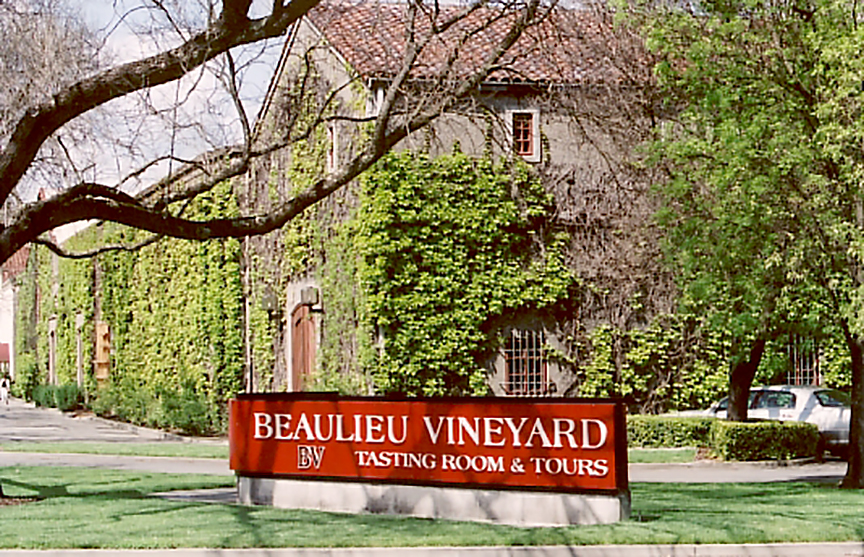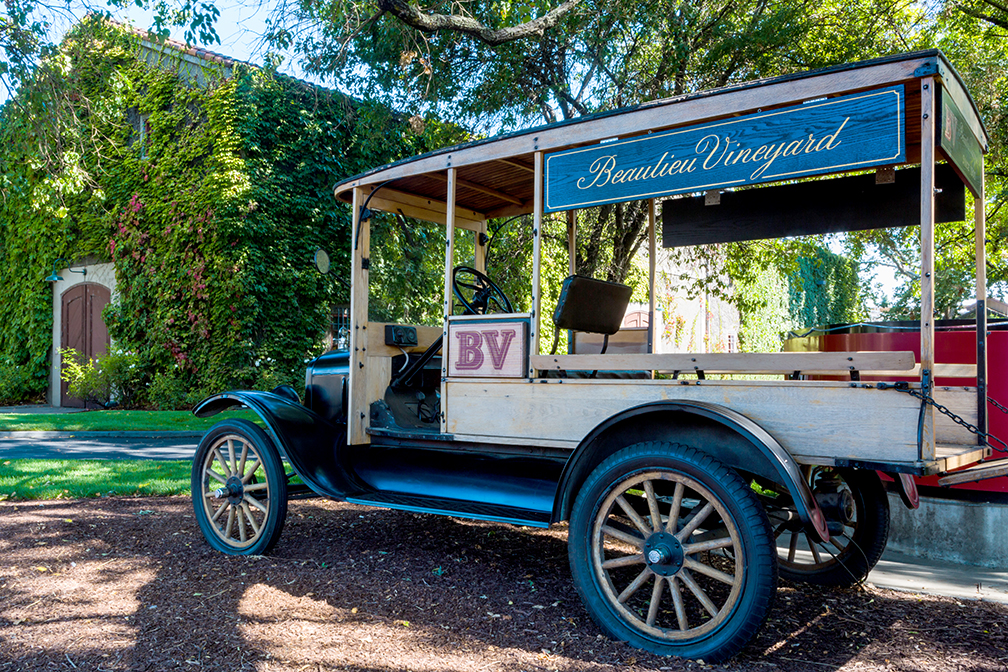Deep ruby-purple color; blackberry, cassis, dark cherry, violets, sage on the nose; cherry, blackberry, blueberry, plum, baling spice on the palate.
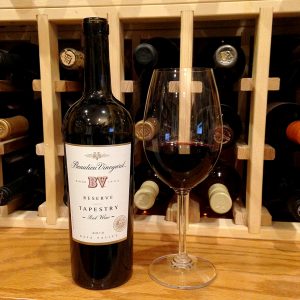
Dry; Bordeaux blend of 78% cabernet sauvignon, 11% merlot, 4% malbec, 4% petit verdot, 3% cabernet franc—a tapestry of Napa red grapes. This vintage leans more on cabernet sauvignon than previous. It dials back on merlot. Significant tannin from the cab somewhat softened by the merlot, but you should still decant for optimum pleasure.
Vintage 2016 was excellent year in Napa. This offering reflects that. Nice complexity and depth. Medium-full body. This spent 22 months in French oak, 75% new, so you get oak in the glass, but it is not offish oak. Oak lovers certainly will enjoy this, but those of us who appreciate restraint will not be offended. Nice balance.
There is an engaging sour cherry appearance on the finish. I did not notice this until there was time in the glass, so sip slowly. There also is a lush, velvety mouthfeel. This gets better the longer you nurse it along in your glass. Serious wine. That means it is not fun delicious, which is not a bad thing, but works on the next level up for wine.
Beaulieu (beau lieu—“beautiful place”) Vineyard traces roots back more than a century. In 1900 Georges de Latour’s wife Fernande first looked upon their original Rutherford vineyard and proclaimed it a “beautiful place”. De Latour imported phylloxera-resistant rootstock from Europe to the recently-ravaged fledgling California wine industry. With Prohibition, Beaulieu Vineyard increased its business by selling sacramental wine to the Catholic Church.
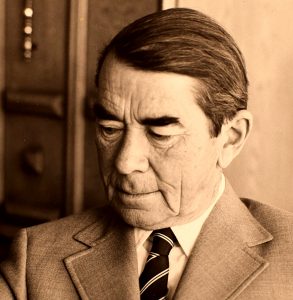
After Prohibition repeal in 1933, Georges de Latour began research and innovation that would produce his Rutherford Estate’s finest expression. In 1938, he traveled to France and met André Tchelistcheff, famed viticulturist and enologist who instituted the philosophy of continuous innovation in vineyard and winery. When Tchelistcheff joined Beaulieu and tasted the de Latour family’s private wine—what they called “Private Reserve”—from the 1936 vintage, he insisted it be bottled and sold as the winery’s flagship offering.
In 1940, Beaulieu Vineyard released the first vintage of Private Reserve and named it for the founder. Georges de Latour Private Reserve Cabernet Sauvignon became Napa Valley’s first cult cabernet. Tchelistcheff became the region’s first superstar winemaker in due time, too.
The international conglomerate Heublein Inc. purchased BV in 1969; RJR Nabisco acquired Heublein, then sold to Grand Metropolitan in 1987. Grand Metropolitan became Diageo in 1997 through a merger with Guiness. In 2016—three years after this vintage—Diageo sold Beaulieu Vineyard to Australian wine giant Treasury Wine Estates. The parade of owners has put strains on the winery’s vision and values, but the original Rutherford-Napa vineyards continue to deliver exceptional fruit that reflect in this bottle.
Amid the ownership turbulence, winemaker Jeffrey Stambor ably carried on the Georges de Latour and Tchelistcheff legacy, also working with “flying winemaker” Michel Rolland. In July 2017, Stambor announced he was leaving BV after almost three decades to form Jeffrey Stambor Wine Consulting. We shall see what lies in Beaulieu’s future, but for now enjoy this effort which he created.
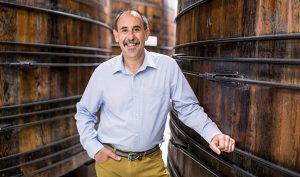
Beaulieu Vineyard Reserve Tapestry, Napa Valley 2013, after some bottle age, lives up to its promise of a tapestry of tastes from classic Bordeaux grapes. Exceptionally smooth and delicious with layers of flavors, especially after decanting. This could age for several more years, but it will take significant willpower to pass on enjoying it now. Pair with grilled and roast lamb; roast beef, veal, venison; beef stews, especially those cooked in red wine; beef brisket, filet mignon; roast pork; roasted potatoes, lentil soup, Portobella mushrooms, green been casserole; Cheshire and red Leicester cheese. $55-65
